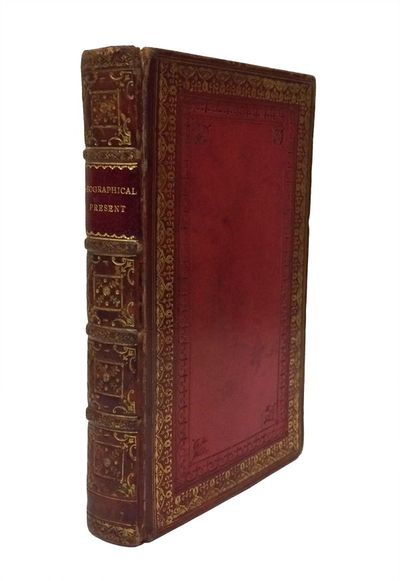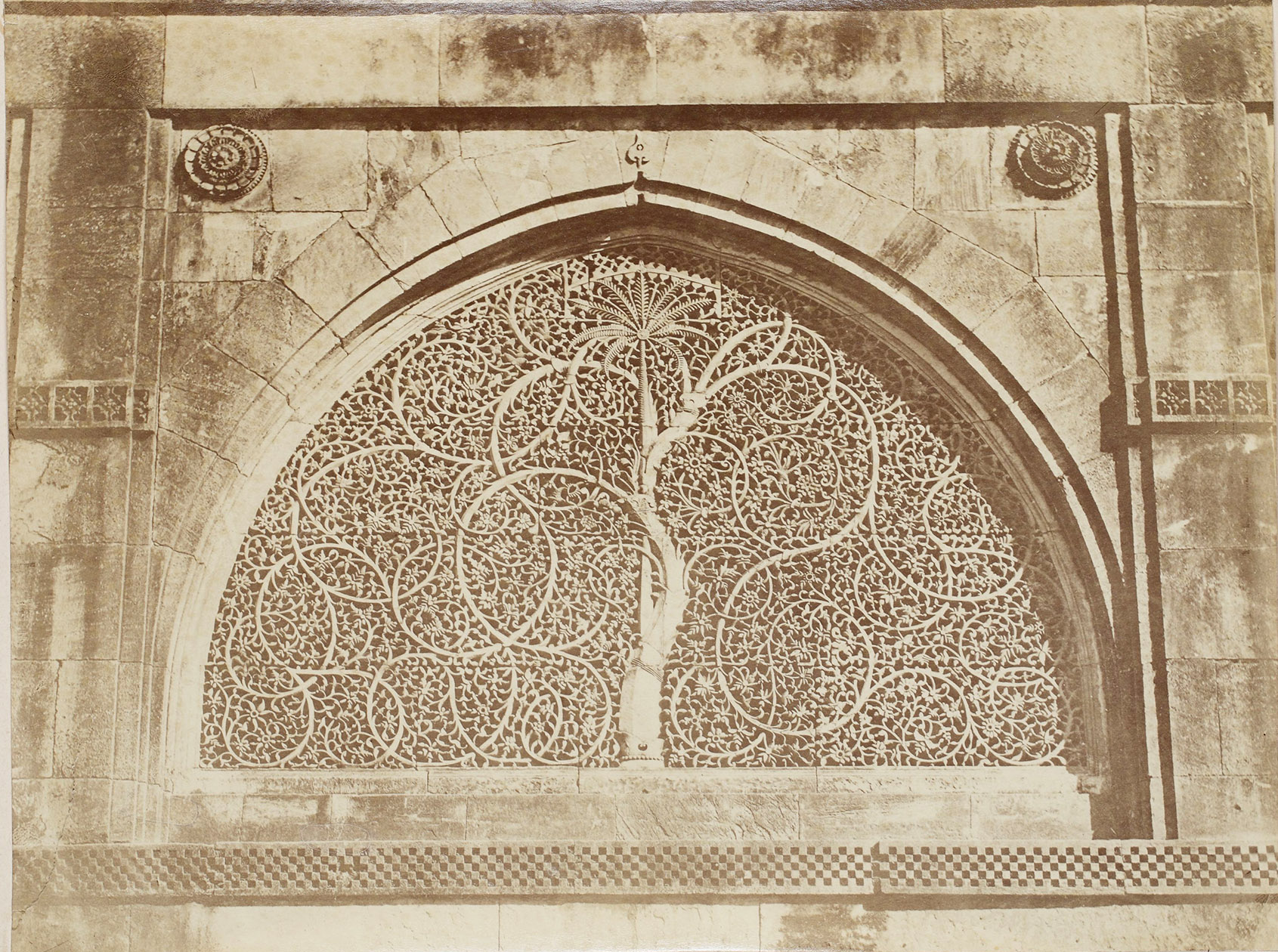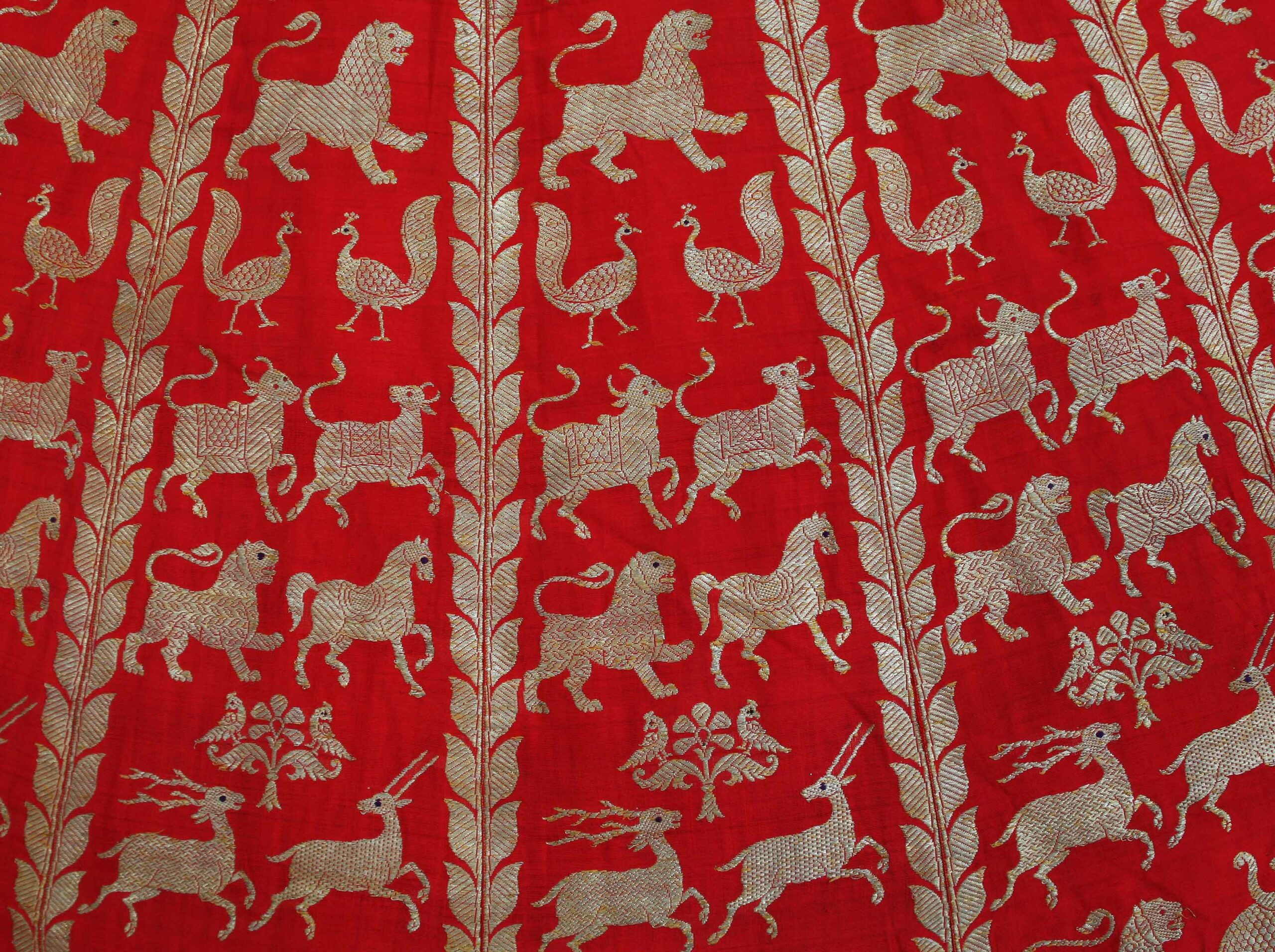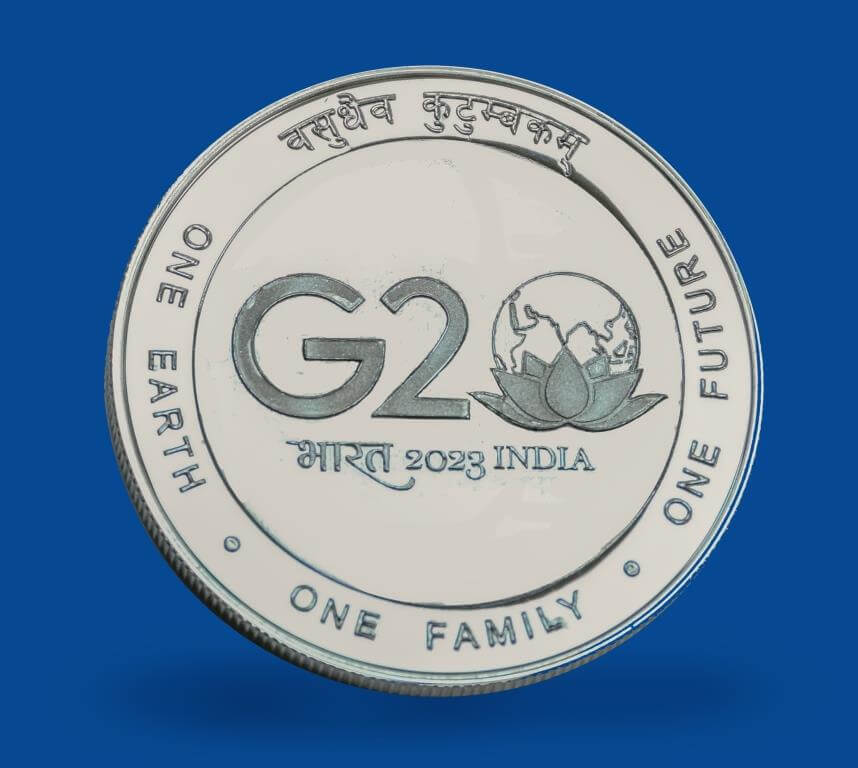One day at Sarmaya, a long discussion ensued on the state of affairs of education in history. The way history is taught in our schools, it’s easy to think of our past with a cut-off date. Independence— is this where, at some point, history ambiguously ends and ‘civics’ begins? So anyway, tongues clicked and throats groaned, but what came out of it was a desire to write about informative history books, or at least interesting ones. Someone suggested textbooks, someone else insisted on historical fiction. After much argument and ado, all did as they pleased. And here’s the playlist of our picks for general reading about Indian history.
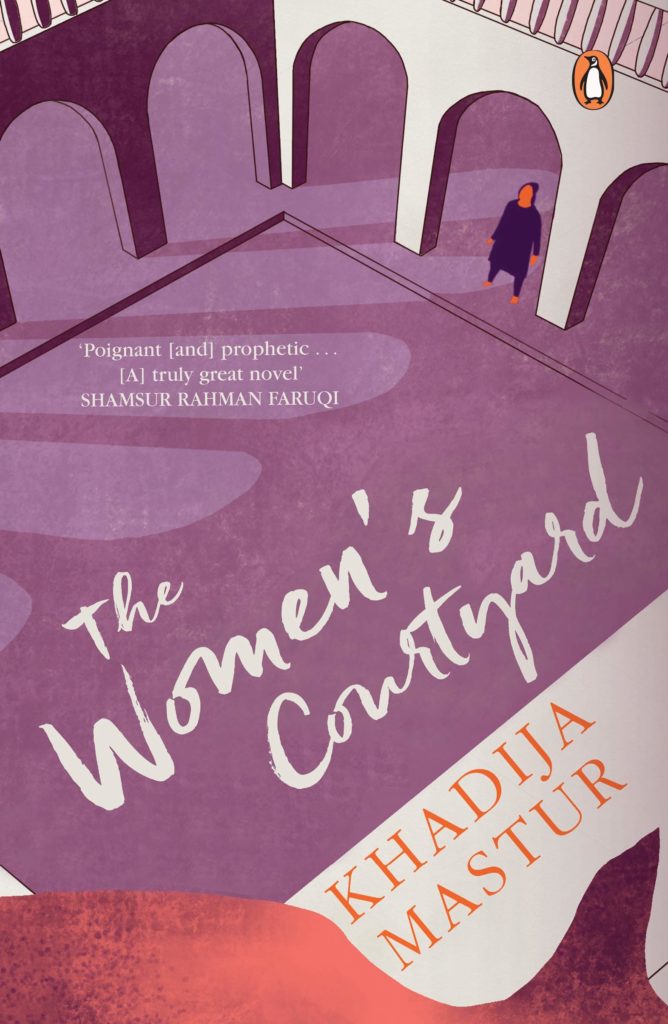
The Women’s Courtyard by Khadija Mastur, translated by Daisy Rockwell
At times while reading Khadija Mastur’s epoch-defining novel, you get the uncanny sensation you’re watching a play. Actors enter and exit, shadows shift, props change, but the stage remains the same—a small courtyard inside a home, closed to the public eye but open to the sky. This is the only communal space where the women and girls of the house can gather, the world outside deemed too dangerous for them. Aangan, the title of this book in the original Urdu, was released in 1962 and is set in the years before, during and after the India-Pakistan Partition. Through the story of its protagonist Aliya, it marks the grim milestones of this event. Aliya’s family moves from the bustling centre of an unnamed town in northern India to a desolate bungalow, then a relative’s home and finally, to Pakistan. Outside, as the call for independence from British rule intensifies and communal tensions around the Partition start to build, the family too finds itself torn and wrecked. Aliya, her mother, sister, aunt and cousins wait for a man—a father, a husband, a lover—to walk through the door and change their fate but can any relationship survive the weight of a hope so malignant. The genius of Mastur’s prose is its urgent feminism. It’s bracing to consider this book against the backdrop of anti-CAA protests taking place in India today. Women have been at the forefront of the recent revolution; coming onto the streets, organising 24/7 sit-ins and when required, shielding men from harm with their bodies. As battered as our spirits might occasionally feel at the current state of affairs, at least we’re free to resist. Aliya would have envied us the chance.
– Deepa Menon, content head, Sarmaya
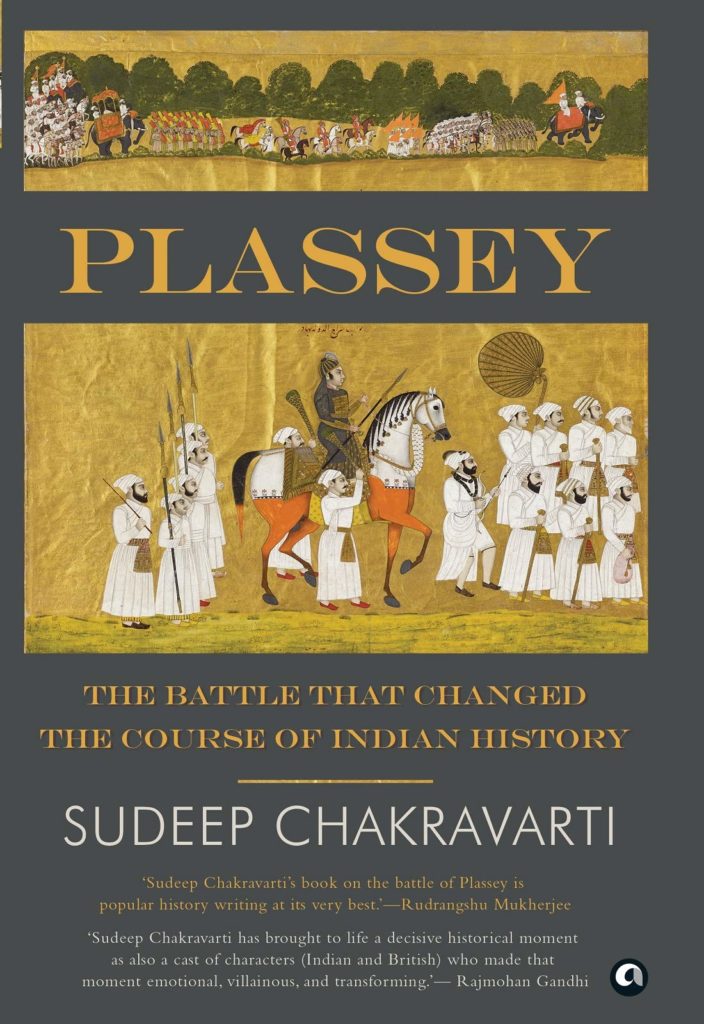
Plassey by Sudeep Chakravarti
A thoroughly researched book telling us the story of the machinations of the East India Company taking advantage of the many competing interests in a decaying Mughal Empire. Where governors tried consolidating power while still nominally subservient to the Mughal throne, money lenders played king makers and the crafty English used the murky scenario to slowly creep up on India. Bengal was fertile and a mango orchard on the Hooghly-Bhagirathi banks provided the theatre for a decisive battle that forever changed the political landscape of India giving rise to the the all encompassing colonial rule that dominated India for close to two centuries thereafter.
The book makes for a fascinating read and names like Murshid Quli Khan, Alivardi Khan, Sirajuddaulah and Robert Clive are brought alive through a lovely story telling style. Places like Cassimbazar and Murshidabad come alive as active trading stops on a river that served the Bengal and Bihar hinterland. One can literally hear the shouts and bustle of these market places and the central role they played in keeping these marketplaces crucial to the prosperity of Eastern India. The role of the many actors who occupied this tumultuous stage in the Eastern parts of India and the transition of the British from trader to ruthless ruler are deftly weaved into the story of Plassey. Enjoyed the read….
– Paul Abraham, founder, Sarmaya
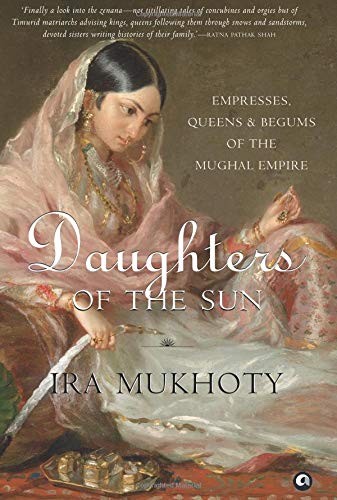
Daughters of the Sun: Empresses, Queens and Begums of the Mughal Empire by Ira Mukhoty
Most of us are familiar with the story of Mughals, but there is a particular image that’s fomented about Mughal women. This has been facilitated due to inadequate access to information, lack of coverage in history books, or intellectually lazy film plots. Whatever the case, it has led us to make some crooked suppositions—such as women in the Mughal family lived a restricted life within their zenana. But did they really?
Daughters of the Sun recounts the experiences and wonders of the inspirational women from the Mughal dynasty. It takes you way back to Babur’s judicious grandmother, whom the king depended on dearly for counsel, to the poetry and literature enthusiast daughter of Aurangzeb. It investigates and provides a richly textured tale of many such women—mothers, sisters, daughters—who were charismatic leaders, advisors, designers, and also biographers.
It is an insightful and riveting story of Mughal women, who are often neglected, and their role in forming and sustaining the grand Mughal Empire. No matter your background, the book is a must-read. Even if you are blissfully unaware of the history of the Mughals, don’t worry. For the book progresses chronologically, thereby shedding light on the Mughal rulers’ history, their triumphs and defeats.
– Komal Chitnis, collections manager, Sarmaya
Geographical Present : being descriptions of the principal countries of the world
by Mary Anne Venning, 1818
This children’s book ostensibly provides a breezy and wide-ranging description of the lands and peoples of the world, but it tells us more about the world of the person writing it than all the wonders and mundanities narrated. This point-of-view as much as the content makes it a fascinating historical artifact.
There are tantalizing hints of the reality this book was written in, one we are unfamiliar with, though the names and places are the ones we know. The book has extremely colonial descriptions such as this spirited passage on Goa:
Strangers from all nations are seen there. the climate is very unhealthy, and destroys numbers every year. the air of the environs is less dangerous.
The Inquisition established at Goa, is noted for the cruelties which it has inflicted.
From those splashes of judgement and intrigue to this completely factual description of Bombay reduced down to three sentences:
The island of Bombay, under English government, lies on this coast. Near Bombay is the island of Elephanta, remarkable for an elephant cut in stone, of hitherto unexplained antiquity. Bombay is seven miles in length, and the harbour can conveniently hold a thousand ships at anchor.
I have a fascination for old books. In themselves they are a part of history to us, and with 20-20 hindsight, it seems clear how much they got wrong or missed. That is perhaps the best lesson in history. That it’s all a story from a decided lens, no matter how accurate and academically sound its pedigree. It begs us to wonder, if we dare, what current stories are we missing the point with at this very moment.
– Samir Bharadwaj, tech consultant, Sarmaya
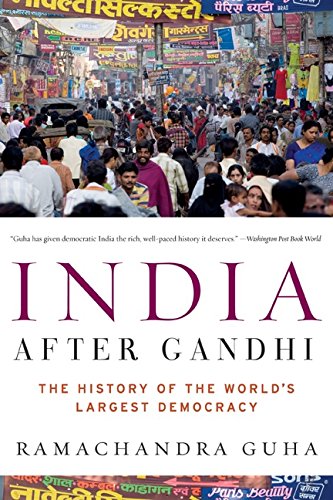
India After Gandhi by Ramachandra Guha
The central premise of Guha’s comprehensive account of post Independence Indian history is one that’s rather familiar – that India is an unlikely democracy. It starts with the India of 1948 – impoverished, severely ruptured by communal riots, linguistically and religiously fragmented – and the many international doomsayers who predicted the fall of Indian democracy even before the constitution was drafted, and runs through the many breaking points during the seventy-year period covered by the book, where it seemed India was about to tread off its set paths and face catastrophe of some sort – fractions, a slip into totalitarianism or military rule. This includes regional and linguistic separatist movements, the emergency, untimely deaths of political leaders, recurring religious riots and yet we’ve marched election to election, continuing to exist as a democracy. Guha gives us a near exhaustive overview of the many individuals and institutions from grassroots to central levels that have played a role in this history. Considering the amount of detail offered for each major political happening in the country since 1948, this 900+ page book remains surprisingly accessible. And it is a useful book to review and reconsider when we stand at yet another point where the idea of a secular, democratic India is being challenged.
– Sridevi Nambiar, content and curatorial associate, Sarmaya

